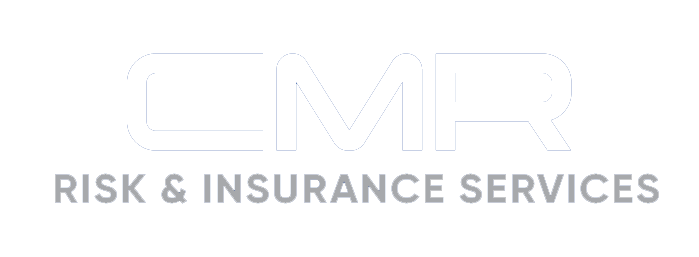
April 28, 2021
The Importance of Participating in the National Safety Stand-down
Falls from elevation repeatedly reign as one of the top causes of fatalities within the construction industry. In fact, according to the latest findings from the Bureau of Labor Statistics, such falls contributed to nearly 38% of workplace deaths in the sector this past year. Nevertheless, by educating employees on fall risks and implementing adequate...

April 19, 2021
Direct and Indirect Workers’ Compensation Costs Explained
Workers’ compensation claims have a variety of different costs associated with them. Some of these costs are expected costs, while others are unexpected. Here’s the difference between these terms: Expected costs are those that are covered by workers’ compensation insurance. Such expenses are commonly referred to as direct costs. Unexpected costs are those that workers’...

April 14, 2021
OSHA Prepares to Issue Emergency Regulations to Protect Workers from COVID-19
Mask mandates are coming down across the country, even as COVID cases are rising in most states. But the Biden administration appears poised to reinstate masking and other social distancing rules for recalcitrant governors — at least in the workplace. The federal Occupational Safety and Health Administration is preparing to issue new short-term regulations to...

April 12, 2021
Construction Safety Matters – Fall Protection: Guardrails
Fall Protection: Guardrails According to the Occupational Safety and Health Administration (OSHA), falls from elevation account for the majority of fatalities within the construction industry—with over 300 fatal falls occurring each year. That’s why having adequate fall protection is crucial when working from height. OSHA standards require some form of fall protection (e.g., guardrails, safety...

April 8, 2021
Employee Benefits in the Post-Vaccine World are Changing
As spring weather and increasing availability of coronavirus vaccinations brighten the horizon, many employers are starting to make plans to bring employees back to the office, at least part time. It’s less a return to normal than an evolution to a new idea of what normal looks like — including rethinking what kinds of perks,...

April 6, 2021
Emerging Risks in 2021
Over the past few years, several new and different exposures have developed that have unique or unusual insurance needs. Coverages for some of these have been developed over time. For some, exclusions have been created for use until the risk becomes better quantifiable, while other emerging risks are still developing, so coverage needs are not...

March 30, 2021
New California COVID-19 Leave Law is Retroactive to Jan. 1
Under a new law, California employers with more than 25 employees must provide up to 80 new hours of supplemental paid sick leave for specific COVID-19-related reasons. The leave requirement takes effect March 29, 2021, but is retroactive to Jan. 1, 2021. Reasons for Leave Employees may take leave if they cannot work or telework because...

March 29, 2021
Seven Post-Pandemic Changes To Improve Your Commercial Building
Commercial property investors and property managers are bracing for the return of their tenants in 2021. Whether they’ll need to wait until the summer or fall is largely undetermined at this point. The major pushback to the office is dependent on how quickly the population can be vaccinated and reach herd immunity. What is clear...

March 26, 2021
Construction Site Safety Considerations for Spring
As the winter season—and the frigid conditions that accompany it—officially concludes, construction employers like you can start preparing for spring projects. Nevertheless, spring weather comes with its own set of risks. After all, this season is often the most difficult to navigate in the scope of working outdoors. Between fluctuating temperatures, frequent rain showers, fog,...

March 24, 2021
Work-From-Home Shift to Stretch Firms’ Cyber Cover
Roughly a year after the COVID-19 pandemic spread rapidly around the world, many employees in various industries are working from home to avoid contracting or spreading the virus in the office or on their daily commute. This has made it harder for organizations to secure their networks, and cyber insurance policies that used to be...
